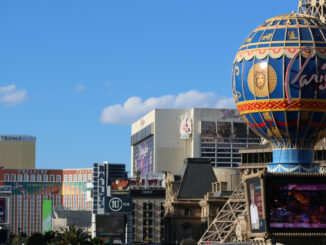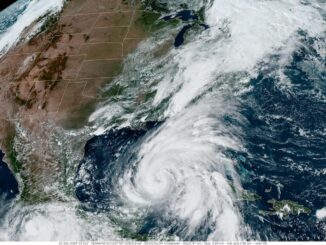Riding a bumper cars attraction at an amusement park carries with it a certain amount of risk, and the park is not to blame for any injury that results in riding the attraction.
That’s the upshot of an opinion issued earlier this week by the California Supreme Court. The ruling was handed down in a case involving a woman who fractured her wrist during a head-on impact in 2005 on “Rue le Dodge,” a bumper car ride at Great America amusement park in Santa Clara, California.
The woman, who was a passenger in a bumper car driven by her 9-year-old son, sued the park’s owner, Cedar Fair L.P., for negligence in not configuring or operating the bumper car ride in a manner that would have prevented her injury, according to court records.
The state’s highest court by a 6-1 margin overturned an appeals’ court ruling, saying “state regulations do not guarantee such complete and perfect absence of risk.”
The “risk of injuries from bumping was inherent in the Rue le Dodge ride, and under our precedents defendant had no duty of ordinary care to prevent injuries from such an inherent risk of the activity,” Justice Kathryn Werdegar wrote in the majority opinion.
“A small degree of risk inevitably accompanies the thrill of speeding through curves and loops, defying gravity or, in bumper cars, engaging in the mock violence of low-speed collisions. Those who voluntarily join in these activities also voluntarily take on their minor inherent risks,” the Supreme Court said in its opinion. “As for the rest: ‘The timorous may stay at home.’”
In its ruling, the court found that the attraction – which at the time was multidirectional, allowing for a head-on impact – is not a so-called common carrier, a company that transports goods or people and is typically responsible for the safe transport.
“Riders on Rue le Dodge, in other words, are not passively carried or transported from one place to another. They actively engage in a game, trying to bump others or avoid being bumped themselves,” the court found. “The rationale for holding the operator of a roller coaster to the duties of a common carrier for reward—that riders, having delivered themselves into the control of the operator, are owed the highest degree of care for their safety—simply does not apply to bumper car riders’ safety from the risks inherent in bumping.”
The California Supreme Court opinion turned to a quote from Justice Benjamin N. Cardozo, former Chief Justice of the New York Court of Appeals, who more than 80 years ago said “the attractions of the amusement park ‘are not the pleasures of tranquillity.’”
Justice Joyce Kennard, who dissented with the majority questioned whether the “plaintiff voluntarily assumed the risk of the type of harm that ensued from her decision to ride the bumper car, ‘with knowledge and appreciation of that risk.’”
“Even if plaintiff did not assume that risk, defendant may not have acted unreasonably by making the bumper car ride at Great America a multidirectional ride, and thus may not have breached its duty of care toward plaintiff,” Kennard noted. “According to declarations in the appellate record, approximately 300,000 people rode on that ride in 2005, the year plaintiff was injured, and she was the only one to suffer a fracture. Based on such evidence, a jury could conclude that defendant was not negligent.”





